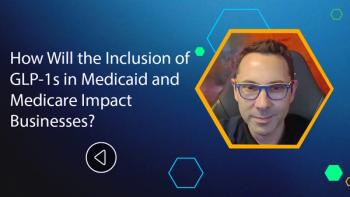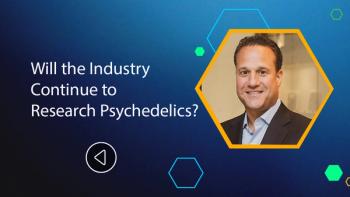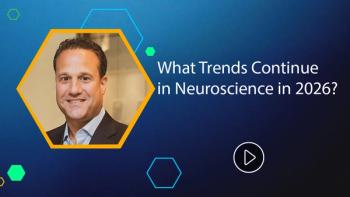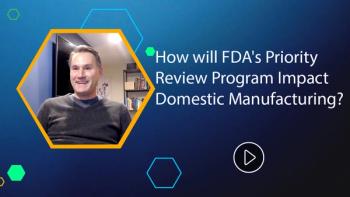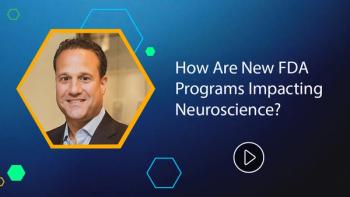
Adapting to the Competitive US Market
In this part of his Pharmaceutical Executive video interview, Brian Hillberdink, EVP, LEO Pharma and President of LEO Pharma's US affiliate, identifies key challenges and opportunities for adapting LEO's business model to be able to succeed in a competitive US market.
As LEO Pharma expands its presence in the US, what are the key challenges and opportunities you foresee, and how are you adapting your business model to succeed in the competitive US market?
So right now, we're in the marketplace with a biologic in atopic dermatitis, and we're competing up against behemoths. I mean, we're competing up against synovial Regeneron, Eli Lilly, Abbvie, Pfizer, as they have other treatments for atopic dermatitis. And I think the one mistake that we can make is that we can't just be Big Pharma light, because clearly, we don't have the same size and scale as big pharma companies. So that's where we have to take what our biggest disadvantages and turn it into an advantage. And that means that instead of having size and scale, what we can have is agility.
What that means is that we can partner different with the medical dermatology community than maybe how big pharma can I'm very proud of the fact that we're very responsive when we meet with healthcare professionals, and maybe they have an idea in terms of how education can be delivered differently, or there's a unique initiative on how they want to partner with us in developing whether it's a case series of being able to document patients journey in a disease like atopic dermatitis, we're able to respond swiftly and quickly and not necessarily go through all the layers of bureaucracy that you often have when you're at Big Pharma. And I guess that's where I really want to differentiate little Pharma is by, you know, big pharma aren't dermatology companies. They're big pharma companies that are in multiple therapy areas, and they might have a strong presence in dermatology, in a dermatology division, but they're in multiple TAs. We are going to be a dedicated medical dermatology company.
I really want the DERM community to say, if you describe the leading med DERM company, we're not going to get there, hopefully at some point, we're not going to be there in terms of who sells the most. But I want to be there in terms of who is the company that is prioritizing those on, you know, hard to treat patients. Who's the company that is truly kind of getting what a dermatologist goes through? Who's the company that understands that it isn't, you know, many times it's other people within the office, the advanced practice, practitioners that are, you know, the really, the frontline treaters. And how do we make sure that we put them at the center and put their patients at the center, and truly partner with them and not just have a transactional relationship.
Newsletter
Lead with insight with the Pharmaceutical Executive newsletter, featuring strategic analysis, leadership trends, and market intelligence for biopharma decision-makers.

